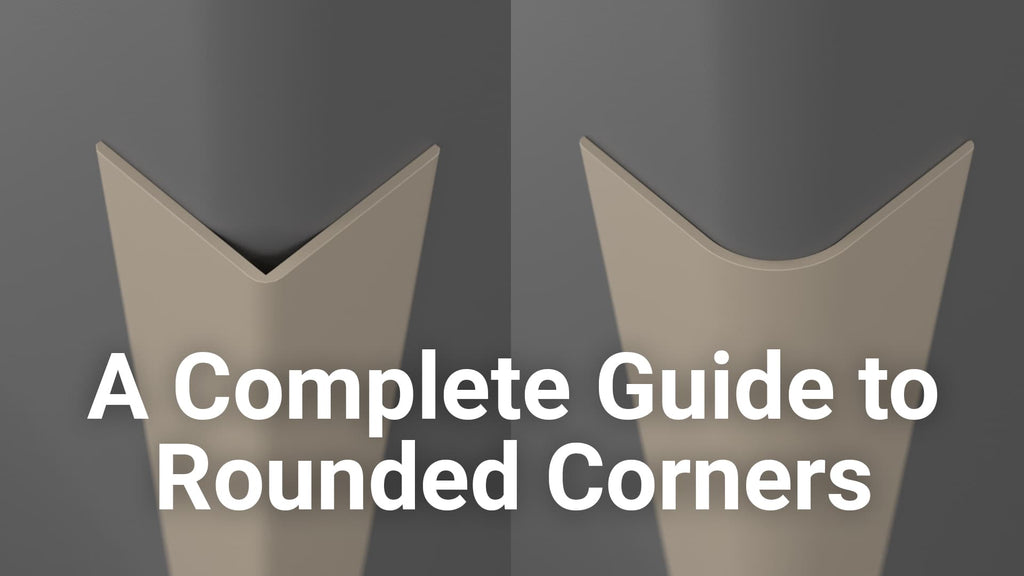
Round Corner Guards | Everything You Need to Know
Posted by Walter Tod on
Round corner guards are normally called "Bullnose" corner guards and they are typically used when the corner of the wall is rounded (is a bullnose corner). Do I Need Round Corner Guards or Can I Get 90° You should always get the corner guard that matches the radius of the wall corner for three reasons. First, aesthetics. The designer of the building designed rounded corners as part of the aesthetic of the whole interior and will want that aesthetic to remain. Second, superior damage protection. When a corner guard matches the shape of a corner, any impact will be distributed across the whole corner guard because it is both rigid and flat against the wall corner. If you put a...
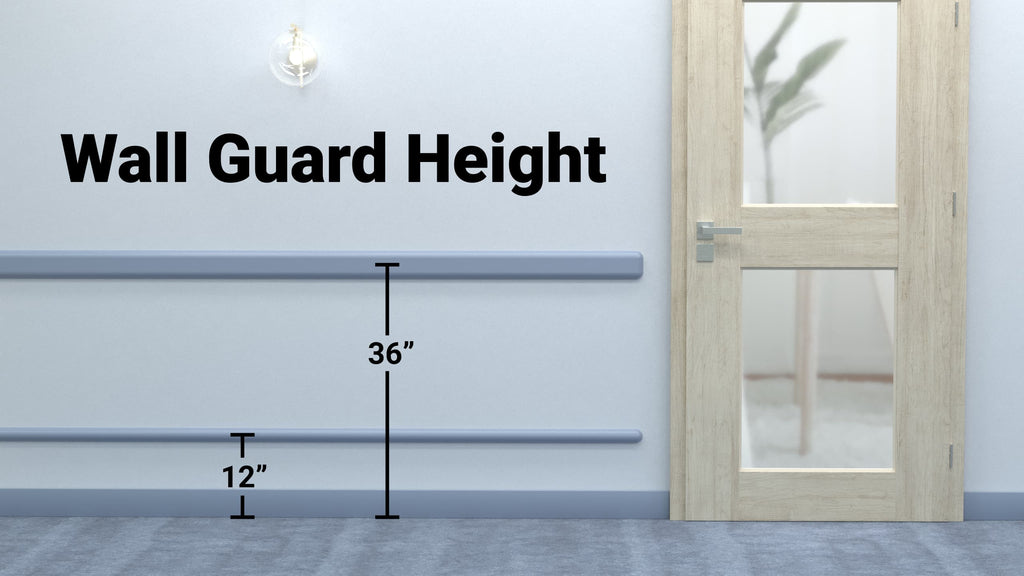
Wall Guard Mounting Height
Posted by Walter Tod on
Before you determine the mounting height of your wall guard you need to decide whether you will be using one or two wall guards. Mounting Height for One Wall Guard If there is one wall guard mounted near the floor it will normally be around 12" off the finished floor (measured to the center of the wall guard/crash rail). This can vary a few inches depending on the height of the baseboard and width of the wall guard that you are using. Mounting Height for Two Wall Guards If you are using two wall guards/crash rails, the first one will be around 12" off the finished floor and the second will be around 36". Again, this will depend on the...
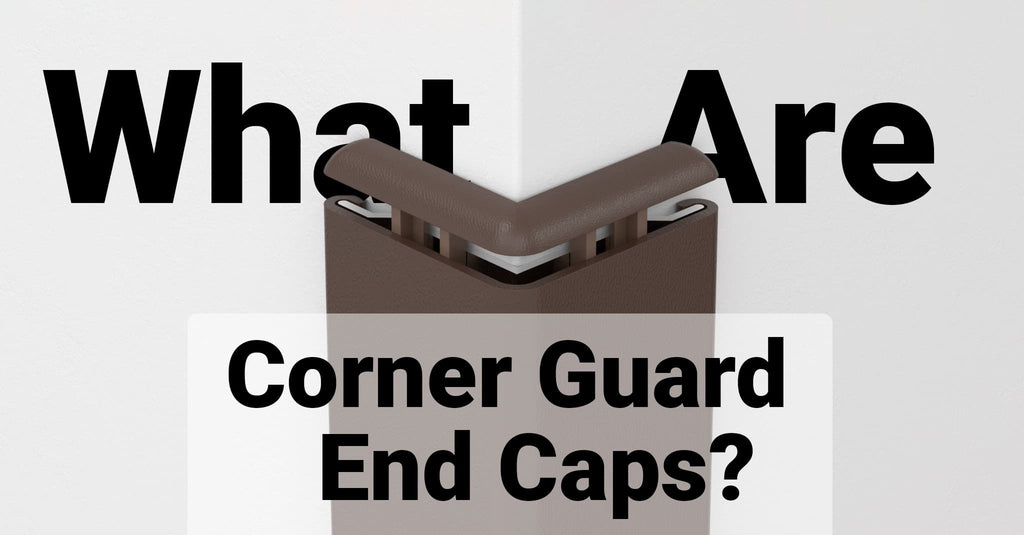
What Are Corner Guards End Caps?
Posted by Walter Tod on
Corner guard end caps are the caps that go on the top and bottom of corner guards that have an aluminum retainer. Corner guards without an aluminum retainer sit flush on the wall surface and therefore don't need a cap. Corner guards with an aluminum retainer needs end caps for both aesthetic and practical purposes. Aesthetically, it is more elegant to have one surface from the cover that curves over the top and meets the wall instead of having a void at the top and bottom between the cover and the wall. Practically, if there wasn't an end cap there would be a space that dust and debris could accumulate in as well as an exposed edge. All corner guards...

Best Adhesive for Corner Guards
Posted by Walter Tod on
Any type of construction adhesive that lists PVC will work well for attaching corner guards to the wall. Two great options are: Loctite (Amazon, Home Depot, Lowe's) Liquid Nails (Amazon, Home Depot) How Much Adhesive Do I Need? How much adhesive you need will depend on how much you use on each corner guard. In a normal application one 10.5 oz tube of adhesive will cover two 8' corner guards. Keep in mind that construction adhesive is permanent so if you need to remove the corner guard after the adhesive has cured you will damage the wall.

How High Should Corner Guards Be?
Posted by Walter Tod on
The two standard heights for corner guards are 4ft and 8ft (or whatever the full height of your ceiling is). And which one you should use is mostly aesthetics. The Part That's Not Aesthetics Most things that cause damage to your corners are below 4ft (e.g. carts, luggage, wheelchairs). If there is anything above 4ft that will cause damage to your corners then you would of course want to use an 8ft corner guard. The Part That is Aesthetics There are three aesthetic considerations when deciding between 4th and 8ft. First, if you already have corner guards, what height are they? You want to keep a similar aesthetic throughout your building and having a consistent height helps to provide a cohesive...

Can You Paint Plastic Corner Guards?
Posted by Walter Tod on
If you want to paint corner guards you should use Paintable Corner Guards. If you paint vinyl or polycarbonate ("Lexan") corner guards their glossy finish will not allow paint to adhere to them and thus chip easily. Paintable Corner Guards are made from a different type of plastic that provide a surface that is designed to take paint exceptionally well and avoid chipping. Paintable Corner Guards allow you to not only exactly match your paint but also match your finish texture (e.g. Eggshell, Satin).
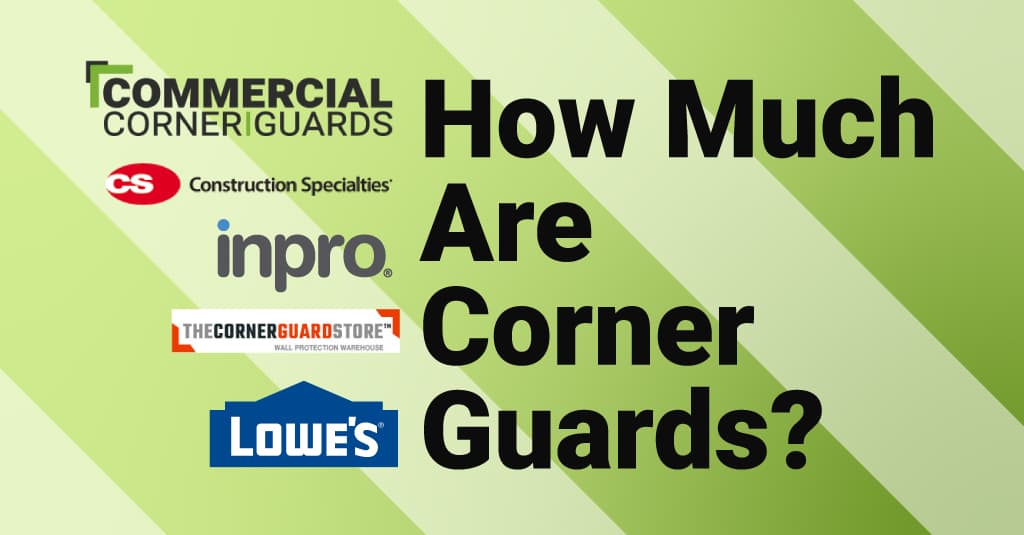
How Much Are Corner Guards?
Posted by Walter Tod on
There are many different companies that sell corner guards and the price will depend on the type, length and width of corner guard you're buying.

Lexan Vs. Polycarbonate Corner guards
Posted by Walter Tod on
Lexan and Polycarbonate are the same thing. Lexan is a brand name and Polycarbonate is the chemical Name.
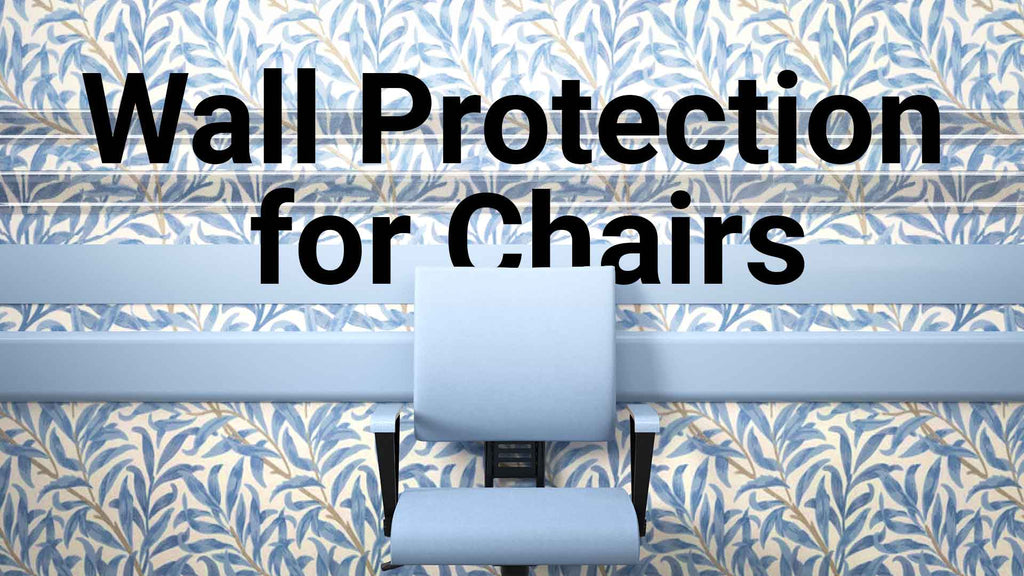
Wall Protection for Chairs
Posted by Walter Tod on
There are three ways to protect your walls from chairs: polycarbonate/lexan chair rails, Rubstrips, and wall guards. Each of these will increase in cost and complexity and we'll walk through each option. Clear Polycarbonate/Lexan Chair Rail See Polycarbonate Chair Rail The least expensive option is a clear chair rail. The benefits of this product is that it's strong and inexpensive. The potential downsides are that you can see through the product so you won't be able to hide previous damage on the wall. Also, these are attached with screws (through predrilled holes) and some people would like to hide fasteners. Rubstrips See Rubstrips Vinyl rubstrips (also called "rub rail" or "crash rail") are thin vinyl strips that come in 4–8" widths. They are...
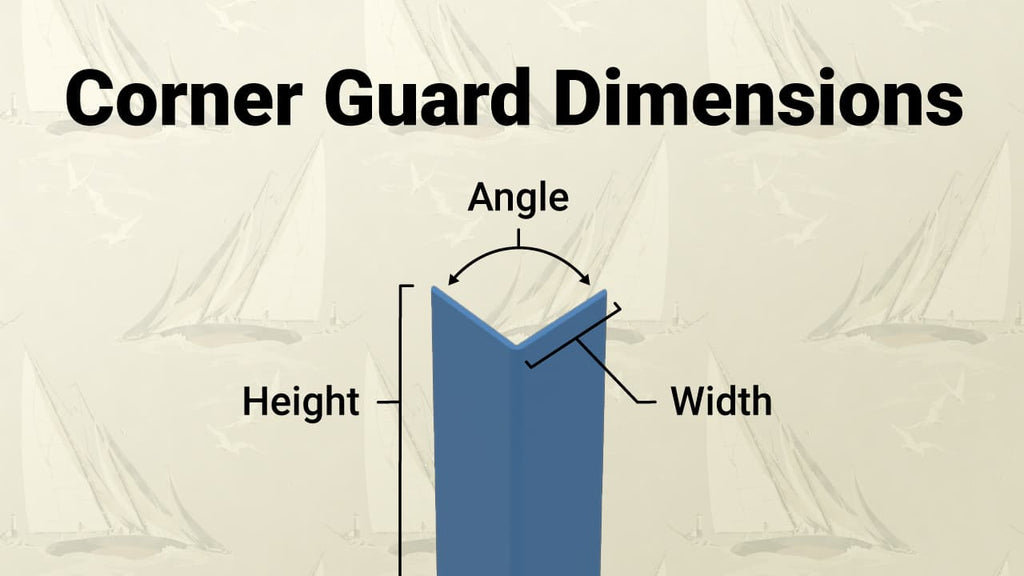
Corner Guards Dimensions
Posted by Walter Tod on
There are three corner guard dimensions that are important: height, wing width, and angle. How to Choose The Height of a Corner Guard What height your corner guard should be depends on two questions: What are the types of damage you need to protect against? What is your interior aesthetic? Regarding the first question, how high your corner guard needs to be depends on how high things like baggage or carts are. That is, how high are the objects that will damage the wall. Regarding the second question, if the only things that will damage the corner are less than 4 ft then you have the option to use a 4ft or 8ft corner guard. And you can make that decision...
